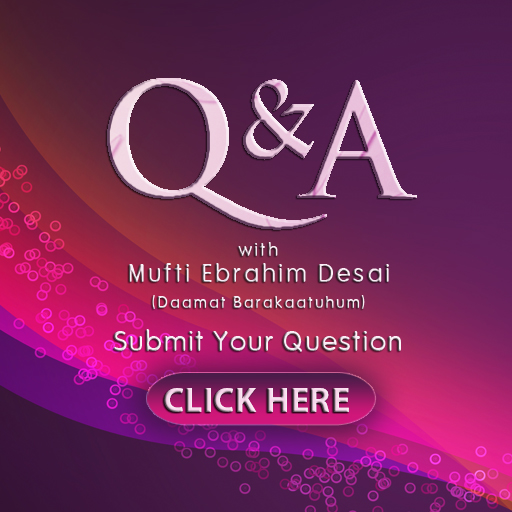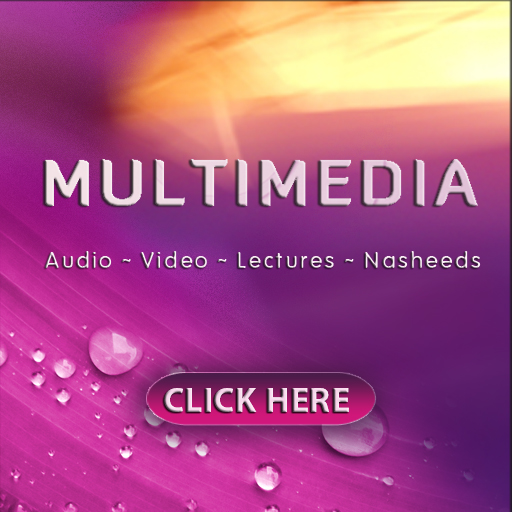
Physical fitness can best be defined as the body’s ability to function optimally in order to meet the daily demands imposed on it. Physical exercise and physical activity can therefore be described as the preparation of the body to meet these demands for the achievement and maintenance of good health.
Physical fitness can be broken down into 2 components, viz. skill-related and health-related. The skill-related components are more specific to athletic performance while their health-related counterparts are crucial for overall good health and wellness. This article will focus and expound on the health-related aspects of fitness, Insha-Allah.
Health-related fitness can be further divided into four separate components:
1. Aerobic/Cardiorespiratory Endurance:
Considered the most essential component of fitness, cardiorespiratory endurance refers to the efficient functioning of the cardiovascular system (heart, lungs and blood vessels) to deliver oxygen and essential nutrients to different parts of the body while removing wastes and harmful toxins.
Aerobic training increases functional efficiency of the cardiovascular system, aids in fat loss; and in turn reduces the risk of developing heart-related illnesses.
-
2. Muscular Strength and Endurance:
Muscular strength and endurance are essential for the performance of everyday chores and activities, whether these be housework, working in the garden, performing any sort of exercise, carrying groceries up the stairs, moving furniture and even salaah itself.This endurance and strength tends to decline as we get older making simple, daily activities difficult and sometimes painful to perform.
Weight/Resistance training strengthens muscles and joints, improves muscle tone and function, speeds up metabolism and increases bone density, thereby reducing the risk of developing osteoporosis in later years.
-
3. Flexibility:
This is the ability to move all joints freely and easily through the full range of motion. Flexibility also refers to the elasticity of the muscles, which, if poor can lead to injury and increased risk of fractures, more particularly in older adults, as this also tends to decline with age. Inflexible back muscles negatively impact posture and spinal health.
Regular flexibility training increases mobility and freedom of movement without putting unnecessary strain on the body, decreases the risk of developing joint disease and is important for the prevention of injuries and muscle strains.
-
4. Body Composition:
Simply put, body composition describes the ratio between lean muscle and body fat. This is a more accurate measure of “fatness” than is body weight or BMI (body mass index). Although some fat is needed for optimum health, it is the excess body fat that is unhealthy and increases the risk of developing such illnesses as diabetes, heart-disease, high blood pressure, etc.
Combining training specific to all of the other components and in the correct proportions will increase the ratio of lean muscle to fat.
Although the four mentioned above are the accepted and agreed upon components of fitness and health, I feel it is necessary to add another below.In my opinion it is arguably the most important and most often neglected type of training and is the basis from which all other movement stems.
-
5. Functional/Core Strength:
The core refers to the muscles of the trunk, the deep set abdominal muscles that provide a base of stability, power and support. It is from our core that all functional movements required in our daily lives originate. Core muscles, referred to as the stabilizers, are what hold us upright and support the body when performing any type of movement.
Functional training strengthens the core to relieve pressure on the lower back, corrects posture, flattens the tummy and helps the body to work the way it was designed to without wasting valuable energy.
A strong core and supple muscles form the foundation upon which optimum overall fitness is built. This foundation supplements training in the remaining 2 areas (strength and aerobic fitness) not only enabling the body to function and perform better at these, but also considerably minimising the risk of injury. A solid foundation is the basis of a strong, sturdy structure; without which the structure cannot endure.
The infinite wisdom of our Creator is all-encompassing, extending even to matters of our physical health. Islam stresses moderation and a middle way in every aspect of our lives. With this in mind, moderation in the domain of exercise and fitness should be applied in 2 ways. Firstly, we have already established in a previous article that exercise, although essential and recommended, should not be allowed to distract us from our true purpose. In essence, the frequency and amount of exercise in general should be moderated. Secondly, and perhaps more relevant to the purposes of this article, is that one should not isolate and focus on one particular type of exercise while neglecting the others. As with everything in life, a broader, holistic approach combining the fundamentals of each type of exercise is what is going to ensure success and an overall improvement in general health and wellness,Insha-Allah. This is also important in enabling us to carry out our daily activities as efficiently as possible, performing salaah and ibaadah and as we grow older, maintaining functional independence. Looking after our bodies is an act of worship in itself, a means to show gratitude to Allah (SWT) for this remarkable vessel without which our souls cannot exist in this physical, transient world.
Written By- Sister Fiyona Valli for Idealwoman.org
References:
- Mills, Van Zyl (2005); Exercise Science – 9th Edition: HFPA (Health & Fitness Professionals Association)
- Robbins, Powers, Burgess (2005); A Wellness Way of Life – 6th Edition: McGraw Hill




No Comments
Leave a Reply